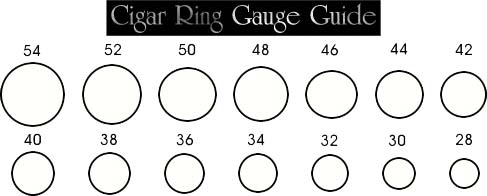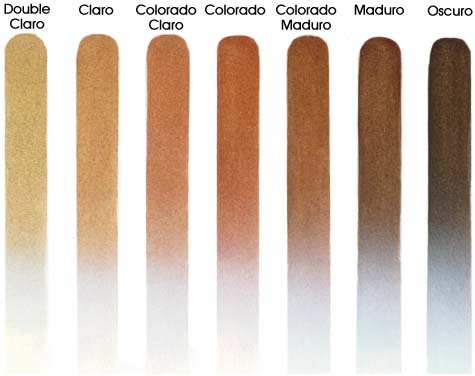All Spirits are great and made in same process, care, dedication, dreams remains the same
Well in cases of inexpensive spirits may have little human touch and time, and the expensive ones have more human touch and time, it’s very simple time and involvement depends on the return of investment you get .Most of the time it’s for privilege ,prestige ,and the sort of a market they target at.
Aging:As far as distilled spirits go, no bottle aging is required. It amazes me when bartenders or my clienteles discuss about spirits in a bottle ages a lot in terms of single malt Scotch and cognac?"Once a whiskey, brandy, white spirit or liqueur is bottled, the maturing process ceases. All maturation occurs in the oak cask or holding tank.
Storing Full/Opened BottleDistilled spirits are ready to be consumed immediately. Once you've opened a bottle of Scotch, bourbon, brandy, or white spirits, it will remain drinkable for up to a year in most cases, but only if you keep it well sealed and out of heat and direct light.
I personally don't leave bottles of spirits unconsumed/unsold for longer than two to three months at the very longest. I notice dramatic differences after a month or more, they start losing their finer characteristics.
As far as storage for distilled spirits goes, prefer your best spirits in the cellar until they are open. Excessive heat is not good for any type of alcoholic beverage even if it remains unopened. Treat the finer distilled spirits as you do with fine wines still wines and keep them in the cellar.
Tasting SpiritsI have been asking myself, my guests and bartenders to get away from using snifters for their brandies and whiskies because, aside from the fact that they're bloody ugly, fat, they do nothing to enhance the aroma of spirits. In fact, the shape of a fat snifter actually forces the smell of any spirit to dissipate too quickly, thereby robbing the drinker of one of the most important stages of enjoyment. A glass with a narrow, cylindrical bowl funnels the aroma straight up into the nasal cavity. Think narrow and cylindrical may be a regular white wine glass, not broad and open.
Ideal Serving TemperaturesAlso in the same vein and against custom, do not warm your brandies and whiskies with your hands or, worse, over a candle flame. Heat forces the aromatic properties to break up and vaporize too rapidly. There must have been a think tank of imbeciles decades ago which existed to create these outlandish and totally wrong serving rituals, like warming spirits and serving them in balloon glasses. Give me strength. Perhaps these numbskulls imbibed too much to think clearly.
I always like to serve my Fine spirits in a Spanish copita to be the glass of choice for all fortified wines, not just sherry. Since I put such highly valued stock on my ability to smell, this type of glass, which accentuates the aroma of any libation, suits me best. If you are a fan of snifters, then so be it. Just stay out of the city in which I'm living.
For liqueurs and super premium tequilas and vodkas taken neat, I recommend very small one or two ounce cordial glasses to concentrate the aromas and flavors. Small compartments heighten the intensity of liqueurs, tequilas, and vodkas. Trust me these are so perfect.
Vodkas, rums, gins, and tequilas never serve it ice cold, when they are meant to be enjoyed neat. Or a shot, tequila and vodka should be served at cellar temperature. Another myth is that vodka should be served ice cold. I don't hold to that because severe cold takes away the aroma. Liqueurs are at their best anywhere from 55 - 62 degrees Fahrenheit, except for cream-based liqueurs which should be served chilled (50 - 55 degrees) but not ice cold. Fruit brandies and eaux-de-vie should be served at cellar temperature.
Serving temperatures for whiskies and brandies should be slightly warmer than cellar temperature. I suggest that fine whiskies and brandies be served at between 55 - 62 degrees Fahrenheit
Drink well, drink wisely, and you may live with the great angels who shares the fine spirits with us even before boteling,still they are still maturing inside the casks with blessings of mother nature.
Thank you Junaid Malik,MMI Dubai, Mathias ANE Dubai
Bar2all-Dedicates this to the Great past, Glorious current, fabulous future ahead of great distillers and the people who enjoy them with great love. salute………………………………………………..Bar Poet

 Pyramid (length: 6-7 inches, ring: 50-56 at the foot of the cigar)
As you can see, the length of a cigar is measured by inches. The ring size of a cigar is measured in 64ths of an inch. Therefore, a cigar with a ring size of 52 is 52/64ths of an inch in its diameter or thickness. Below is a ring size chart to help you get an idea of the various sizes of cigar diameters.
Pyramid (length: 6-7 inches, ring: 50-56 at the foot of the cigar)
As you can see, the length of a cigar is measured by inches. The ring size of a cigar is measured in 64ths of an inch. Therefore, a cigar with a ring size of 52 is 52/64ths of an inch in its diameter or thickness. Below is a ring size chart to help you get an idea of the various sizes of cigar diameters.

